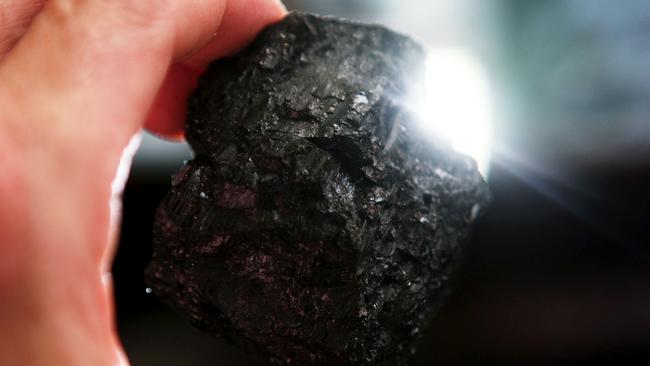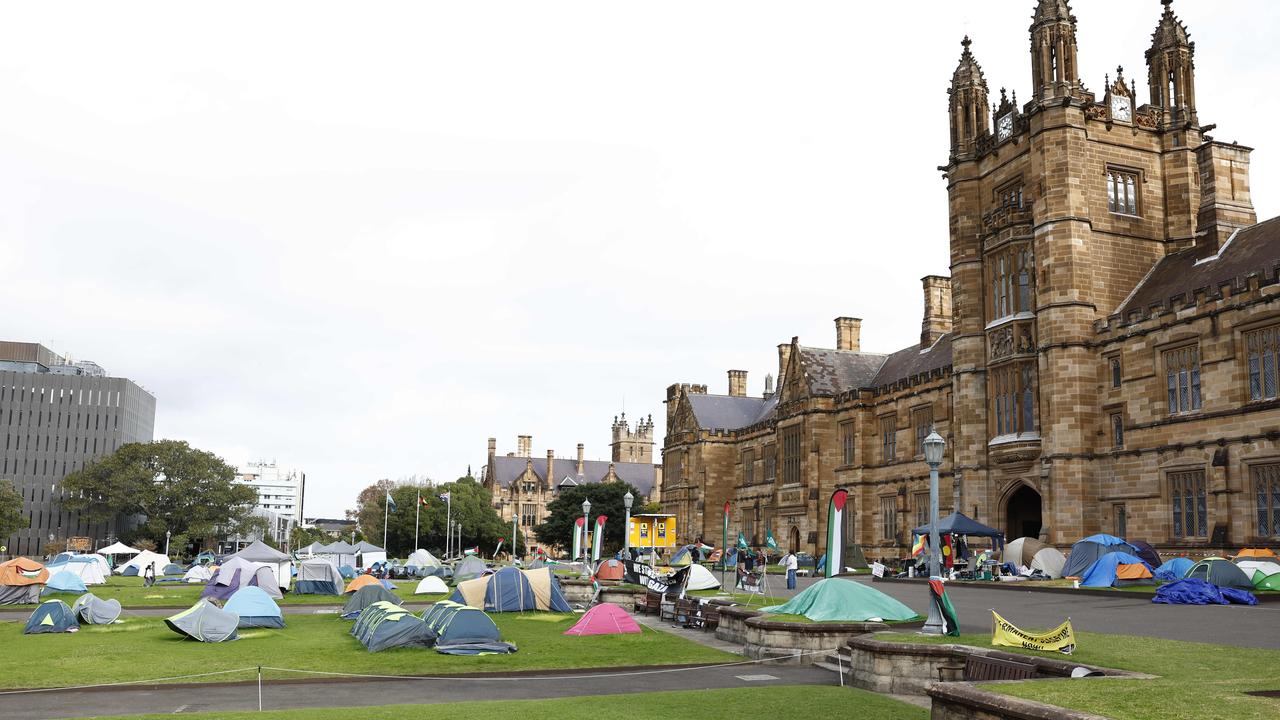Australia limiting its role as a global energy superpower

Like the Saudis, Australians sit atop staggering quantities of mineral wealth. While the Saudis’ wealth depends on oil, Australia has oceans of coal, superabundant natural gas resources, and more uranium than any country on the planet. And yet, despite this massive wealth, ordinary Australians are struggling with soaring energy prices, the prospect of Spain-style blackouts, and a prolonged energy crisis – all of which are due to self-inflicted climate policies that ignore the realities of today’s global energy market.
The recent re-election of Prime Minister Anthony Albanese shows that plenty of voters like the idea of renewable energy. They also liked Albanese’s pledge to accelerate Australia’s emissions reduction efforts. But there’s a disconnect at work here. Aussies can cheer solar and wind energy all they like, but the hard truth is that renewable mandates mean higher prices. Australian households have seen their energy costs rise by more than 40 per cent over the past three years alone.
That’s not unusual. As Bjorn Lomborg has recently shown, there’s no such thing as cheap “green” electricity.
Lomborg analysed International Energy Agency data from almost 70 countries. He found a “clear correlation between use of solar and wind and higher average household and business energy prices”. He said that for every 10 per cent increase in the share of solar and wind, “electricity costs rise by nearly eight cents per kilowatt-hour”.
Now let’s look at Australia. Since 2008, wind and solar have gone from zero to about 33 per cent of all the electricity produced in the National Energy Market. Over that same period, wholesale prices in the NEM have jumped from $48 to $128 per megawatt-hour. Furthermore, according to data from the Australian Bureau of Statistics, the retail price of electricity in the NEM has more than doubled since 2008.
It doesn’t have to be this way. Australia is an energy superpower, but it’s acting like an energy weakling.
Let’s look at the facts. Let’s start with Australia’s share of global CO2 emissions. Between 2000 and 2023, that share has declined from 1.5 per cent to 1.1 per cent of the global total. Over that same period, the combined emissions from China and India soared from 18 per cent of the global total to 40 per cent. And there’s no doubt their share of global emissions will continue rising as their economies grow.
Thus, Australians can push for cuts in domestic emissions, but their contribution matters less and less with each passing year.
Despite these realities, Australia is rushing to close its coal-fired power stations in the name of climate change.
This makes no sense. Australia is a coal superpower. It has the world’s fourth-largest coal reserves and is the second-biggest coal exporter. Australia’s plan to quit burning its own coal is like France banning the consumption of wine while exporting Bordeaux by the tanker-load.
Nuclear power continues to be the most viable option for reducing the world’s reliance on coal-fired generators. Indeed, China is now building more nuclear power plants than any other country.
And yet, Australia, which sits atop almost one-third of the world’s uranium reserves and produces about 8 per cent of the world’s uranium, refuses to build nuclear reactors. This one, to me, is the silliest of Australia’s energy policies.
Imagine the Saudis saying: “Oil? Too dangerous for us, but we’ll sell it to you!” That’s Australia’s nuclear policy in a nutshell: export uranium, but never use any of it at home.
Natural gas? Australia is the world’s third-largest exporter of LNG, and now exports almost three times more gas than it consumes. Despite the country’s gas riches, according to the Australian Energy Regulator, wholesale gas prices have tripled over the past decade. Why are prices rising? Some analysts are blaming LNG exports, but the hard truth is that Australia hasn’t developed sufficient pipeline infrastructure. More pipelines would allow drillers to ship large volumes of fuel from their gas fields to urban consumers.
The backdrop for all of this, of course, is Australia’s barmy plan to achieve net-zero emissions by 2050. But drastically cutting emissions will require spending a staggering amount of money on renewable energy projects at the same time that rural residents from Perth to Cairns are fighting back against the encroachment of large solar and wind projects.
Furthermore, rural Australians are fighting plans being made by AusNet, Transgrid and other companies to string high-voltage transmission lines across their farms and ranches. Furthermore, there’s no chance of a major cut in overall emissions without massive increases in the use of nuclear energy.
The punchline is obvious: Australian policymakers need to embrace energy realism. Australia cannot, will not, achieve net zero by 2050. Love them or hate them, hydrocarbons are here to stay. Yes, solar and wind can supply some of Australia’s energy, but those sources are incurably intermittent, need gobsmacking amounts of land, and require construction of vast reaches of expensive, and unpopular, power lines.
There’s no reason average Australians should be punished for the sake of a climate policy that is more about optics than outcomes. Expensive energy is the enemy of the poor and the middle class. Cheap, abundant, reliable energy is the foundation of prosperity. Australia is a global energy superpower. It should start acting like one.
Robert Bryce is a Texas-based author, film producer and public speaker. He writes about the global energy and power sectors at robertbryce.substack.com and is touring Australia with the Institute of Public Affairs in June.



When it comes to resources, Australia is the Saudi Arabia of the southern hemisphere.